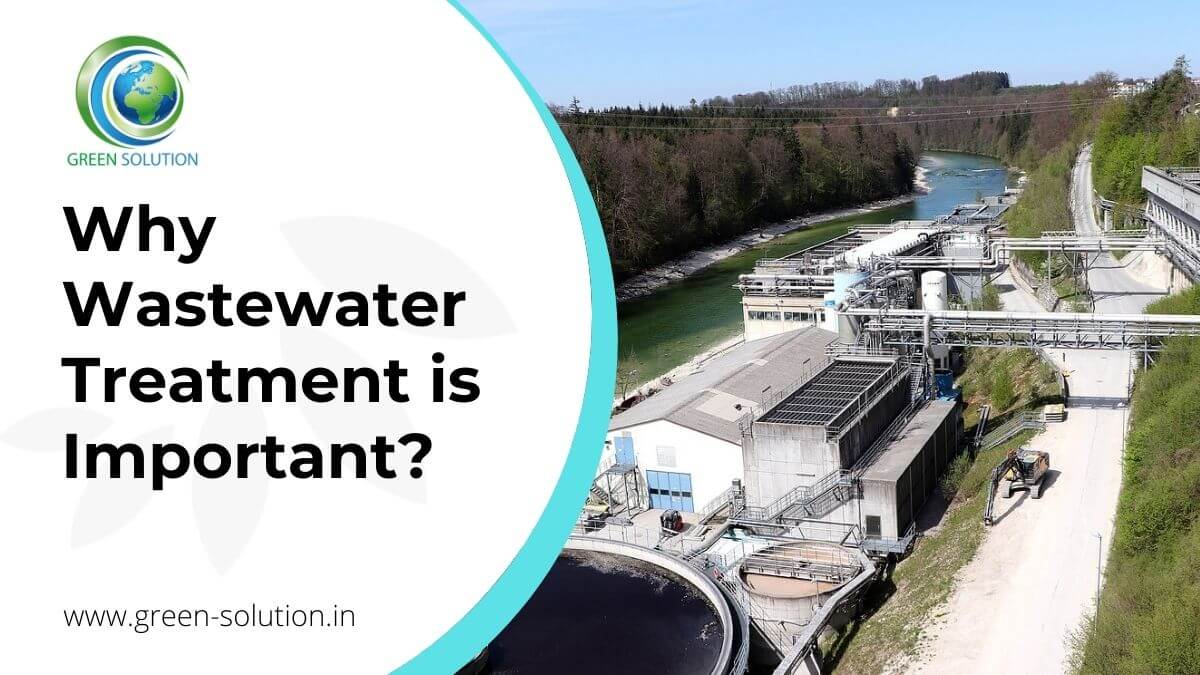Getting The Reclaim Waste To Work
Getting The Reclaim Waste To Work
Blog Article
Our Reclaim Waste Statements
Table of ContentsSome Known Details About Reclaim Waste Everything about Reclaim WasteThe Ultimate Guide To Reclaim WasteThe Facts About Reclaim Waste UncoveredExcitement About Reclaim Waste
Discover the kinds, occurrences, and types of fluid waste. Domestic sewage waste refers to the waste and items from a domestic sewage-disposal tank. This kind of waste is produced by humans in homes, schools, and other buildings. This only includes sewage-disposal tanks that have a drainpipe area. The correct management and disposal of domestic sewer waste require liquid waste to be moved to a sewer treatment plant where the proper methods and devices are related to purify and get rid of waste.
Business waste commonly consists of potential risks, such as combustible products or a mixture of fluid and strong waste items, and calls for an advanced and in-depth disposal procedure. The disposal of industrial waste usually entails the purification of waste prior to transport to make certain safe and correct disposal. Hazardous waste is developed from results and drainage of commercial procedures and production.
This sort of waste can not utilize the very same sewage monitoring transport or procedures as septic or business liquids. The hazardous waste management procedure requires the examination and testing of fluid waste prior to it goes through the disposal procedure (liquid waste removal). Runoff waste is the liquid waste that originates from drainage and excess stormwater in very booming locations or cities
Overflow waste can cause contamination and flooding if not dealt with appropriately. Making certain proper waste administration can protect against calamities and lower ecological injury.
The Main Principles Of Reclaim Waste
Contact PROS Solutions today to learn more about our waste monitoring and disposal solutions and the correct means to take care of the fluid waste you produce.
(https://www.kickstarter.com/profile/reclaimwaste1/about)This supposed 'wastewater' is not just an important source but, after treatment, will certainly be released to our land, rivers or the sea. Utilized water from toilets, showers, baths, cooking area sinks, washings and commercial processes is recognized as wastewater.

water utilized to cool equipment or tidy plant and tools). Stormwater, a kind of wastewater, is drainage that streams from agricultural and metropolitan locations such as roofs, parks, yards, roadways, paths and rain gutters right into stormwater drains pipes, after rainfall. Stormwater streams unattended straight to neighborhood creeks or rivers, at some point getting to the sea.
Little Known Facts About Reclaim Waste.
In Queensland, the majority of wastewater is dealt with at sewer treatment plants. Wastewater is transferred from domestic or industrial websites through a system of drains and pump stations, recognized as sewage reticulation, to a sewage treatment plant.
The Department of Natural Resources advises neighborhood governments regarding managing, operating and keeping sewage systems and therapy plants. In unsewered areas, neighborhood governments may require owners to install specific or home sewer therapy systems to deal with domestic wastewater from bathrooms, cooking areas, shower rooms and washings. The Department of Natural Resources authorises making use of household systems when they are proven to be efficient.
In some new class, therapy of some stormwater to get rid of clutter, sand and crushed rock has begun using gross toxin catches. Wastewater therapy happens in 4 phases: Eliminates strong issue.
Uses little living microorganisms understands as micro-organisms to damage down and eliminate staying liquified wastes and great bits. Micro-organisms and wastes are Your Domain Name included in the sludge.
Getting The Reclaim Waste To Work
Nutrient elimination is not offered at all sewer treatment plants due to the fact that it needs expensive specialized devices. It is coming to be much more typical in Queensland. Clear fluid effluent produced after therapy might still contain disease-causing micro-organisms. If this effluent is launched into waterways such as rivers or the sea, the micro-organisms will ultimately die out.

This normally suggests wastewater needs to be dealt with or contaminants eliminated prior to it can be discharged to rivers. A lot of wastewater streams into the sewage system. Under the Act, local governments carry out authorizations and permits for eco appropriate tasks (ERAs) including wastewater releases that might have a local effect. The department provides approvals and permits to Periods involving wastewater releases that may have a local or statewide impact.
Getting The Reclaim Waste To Work
Monitoring offers factual details regarding water top quality and can validate that permit conditions are being fulfilled. The details acquired through monitoring provides the basis for making water high quality decisions.
Report this page